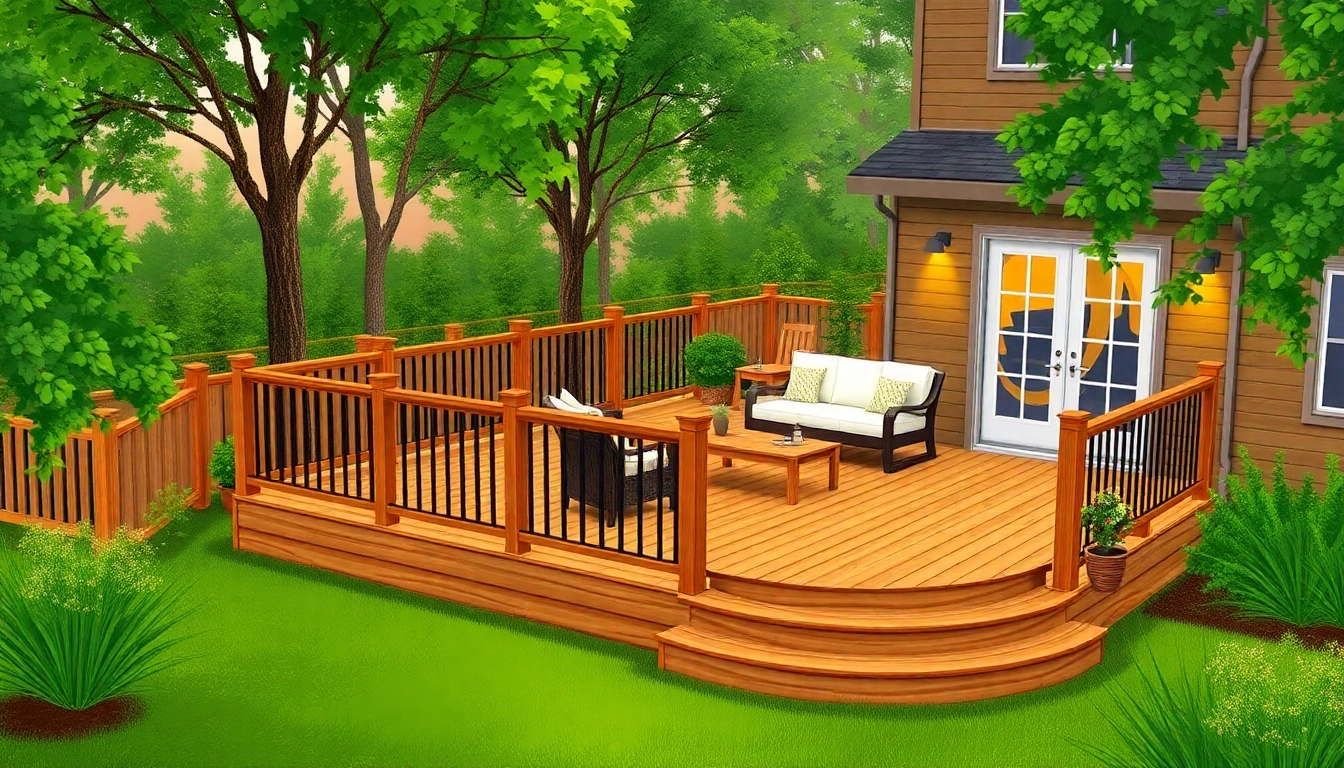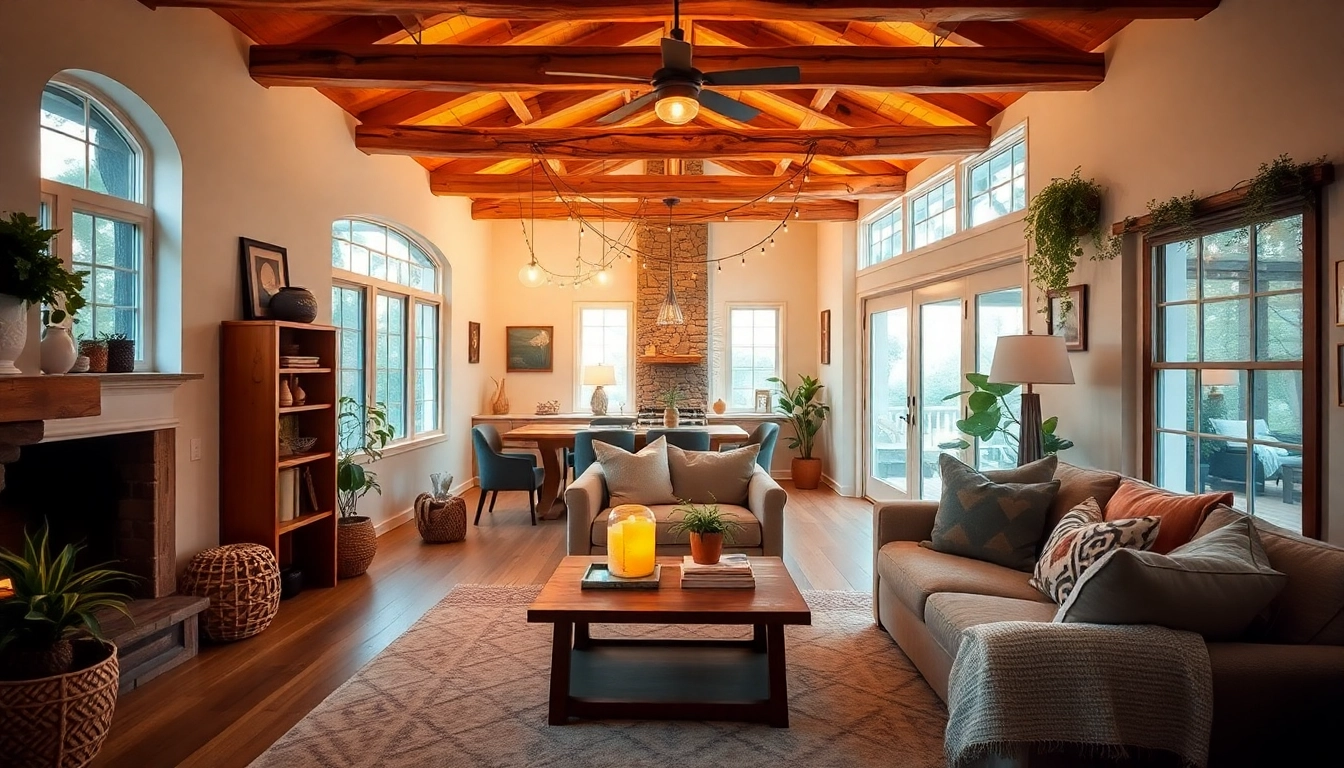Understanding Deck Construction Fundamentals
Deck construction is a multifaceted process that requires careful planning, design, and execution. A well-constructed deck can enhance your outdoor living space, providing a perfect area for relaxation, entertainment, and outdoor activities. Whether you are a seasoned DIY enthusiast or a homeowner looking to hire professionals, understanding the fundamentals of deck construction is essential. This guide will delve into the various types of decks, the materials used, and the basic tools required to create a beautiful and functional deck. For a deeper dive into deck construction, let’s start with the basic types of decks.
Types of Decks and Their Best Uses
Decks come in various styles, shapes, and materials, each tailored to specific needs and aesthetics.
- Attached Decks: These are connected to the house and often serve as extensions of indoor spaces, providing easy access from the living room or kitchen.
- Freestanding Decks: These standalone structures can be built away from the house, ideal for backyards where there’s no space for an attached deck.
- Multi-Level Decks: These decks have multiple tiers, providing different areas for various activities. They are particularly useful for sloped backyards.
- Wrap-Around Decks: These extend along more than one side of a house, creating a spacious outdoor area with scenic views.
- Roof Decks: Built atop garages or commercial buildings, these decks maximize urban living space, offering a private outdoor area.
Common Materials Used in Deck Construction
The materials chosen for deck construction significantly impact durability, maintenance, and aesthetic appeal. Here are some common materials:
- Pressure-Treated Lumber: This is the most economical option and is treated to resist rot, pests, and decay. However, it requires regular maintenance and sealing.
- Composite Decking: Made from a mix of wood fibers and plastic, composite decking is low-maintenance, eco-friendly, and available in various colors and finishes.
- Cedar and Redwood: These naturally resistant woods have a beautiful appearance and pleasant aroma but can be more expensive and require periodic sealing.
- Vinyl Decking: Known for its durability and resistance to weather, this material often comes with a warranty and is easy to clean.
- Aluminum: Lightweight and corrosion-resistant, aluminum decking is highly durable but can heat up in direct sunlight.
Basic Tools Needed for Deck Building
Building a deck requires several essential tools to ensure accurate and efficient construction. Here’s a list of basic tools you’ll need:
- Measuring Tape: Essential for measuring lengths and ensuring precise cuts.
- Level: Important for ensuring that your deck is built to be level and safe.
- Power Drill: Used for driving screws into wood and installing decking boards.
- Circular Saw: Ideal for cutting lumber and decking material to size.
- Sledgehammer: Useful for driving stakes or supports into the ground.
- Safety Gear: Including goggles, gloves, and ear protection to ensure safety during construction.
Planning Your Deck Construction Project
Before diving into the construction process, proper planning is crucial for a successful deck project. It will save you time, money, and potential headaches down the line.
Creating a Comprehensive Deck Design
Your deck design should reflect your personal style and meet the functional requirements of the space. Consider the following elements when designing your deck:
- Size and Layout: Determine how large the deck needs to be to accommodate your desired activities and furniture.
- Style and Materials: Choose materials that complement your home’s architecture and your landscape’s aesthetics.
- Features: Think about incorporating railings, built-in seating, steps, or even lighting for evening enjoyment.
Using deck design software or hiring a designer can help visualize your project and make necessary adjustments before breaking ground.
Important Permits and Regulations
Before beginning construction, check your local building codes and regulations. Most municipalities require building permits for decks, especially those elevated off the ground. Here are some steps to follow:
- Contact your local building authority to understand what is required.
- Prepare and submit your deck design plans for approval.
- Schedule inspections at various phases of construction, as mandated by local codes.
Determining Budget and Cost Estimates
Deck construction costs can vary widely based on design, materials, and labor. To budget effectively, consider:
- Material Costs: Research various options and obtain quotes from suppliers.
- Labor Costs: Decide if you will DIY or hire professionals. Get estimates for labor if hiring.
- Contingency Fund: Allow for unexpected expenses by budgeting an extra 10-15%.
Step-by-Step Process of Building a Deck
Once the planning phase is complete, it’s time to take action. Here’s a detailed, step-by-step guide to building your deck:
Preparing the Site and Setting Foundations
The first step in deck construction is site preparation. This involves:
- Clearing the Area: Remove any debris, vegetation, or structures where the deck will be built.
- Marking the Layout: Use stakes and string to outline the deck’s perimeter.
- Setting the Foundations: Depending on your local codes, this typically involves digging holes for footings or pouring concrete.
Structural Framing Techniques
With the foundation in place, it’s time to build the frame. Key steps include:
- Installing the Ledger Board: Attach a ledger board securely to the house to support the weight of the deck.
- Constructing the Frame: Assemble the frame using beams and joists, ensuring everything is level and square.
- Bracing and Stabilizing: Add diagonal bracing for additional stability, especially for multi-level structures.
Finishing Touches and Aesthetics
With the frame complete, you can focus on finishing your deck. This includes:
- Installing Decking Boards: Lay and secure your chosen decking material, leaving spaces for drainage and expansion.
- Adding Railings and Stairs: Install railings for safety, particularly if your deck is elevated, and build stairs as needed.
- Sealing and Staining: Protect your deck by applying a sealant or stain, enhancing its appearance and longevity.
Common Challenges in Deck Construction
Deck construction can present a range of challenges. Being prepared for these can help ensure a smoother process.
Dealing with Uneven Ground and Landscaping
Uneven terrain can complicate deck construction. Here are some strategies to deal with this issue:
- Grading: Level the ground in the proposed deck area, or adjust the design to accommodate the landscape.
- Using Adjustable Post Brackets: These can help ensure a level deck even on uneven ground.
Weather Considerations for Deck Building
Weather conditions can significantly impact deck construction. To mitigate risks:
- Avoid building during heavy rain or strong winds.
- Check the forecast and plan your construction schedule accordingly.
How to Handle Permits and Inspections
Managing permits and inspections can be daunting. Here’s how to navigate this process effectively:
- Stay organized by keeping all documentation related to permits and inspections in one file.
- Communicate regularly with local officials to ensure compliance with all regulations.
Maintenance and Safety Tips for Your Deck
Once your deck is complete, ongoing maintenance and adherence to safety guidelines are essential to ensure its durability and safety.
Regular Maintenance Best Practices
To maintain your deck’s integrity and appearance, consider the following:
- Cleaning: Regularly clean your deck to prevent mold and mildew buildup.
- Sealing: Reapply sealant or stain every few years, especially if using wood materials.
- Inspection: Conduct bi-annual inspections to check for loose boards, rusting screws, or signs of decay.
Identifying and Fixing Common Issues
Being proactive about maintenance can help you address common issues before they escalate:
- Loose Boards: Secure loose boards to prevent trips and falls.
- Rusty Hardware: Replace any rusted screws or nails to ensure structural integrity.
- Pest Infestations: Treat any areas showing signs of pest damage promptly.
Safety Guidelines for Deck Usage
To keep your deck safe for family and guests, adhere to the following safety practices:
- Weight Limits: Be aware of the weight capacity of your deck and avoid overcrowding it.
- Secure Railings: Ensure that all railings are stable and meet local building codes.
- Proper Lighting: Install adequate lighting to prevent accidents during low visibility.



